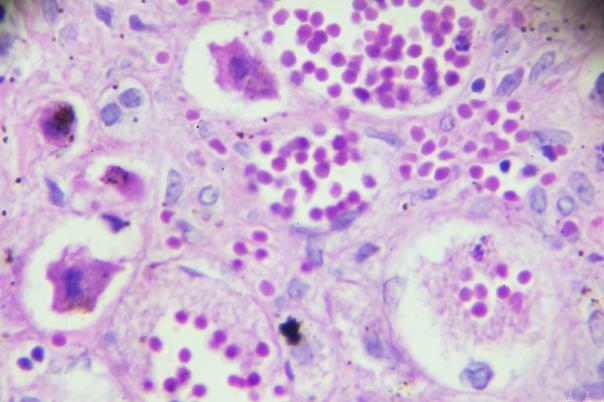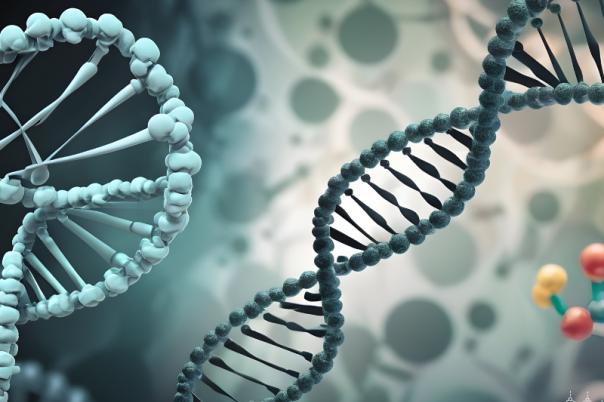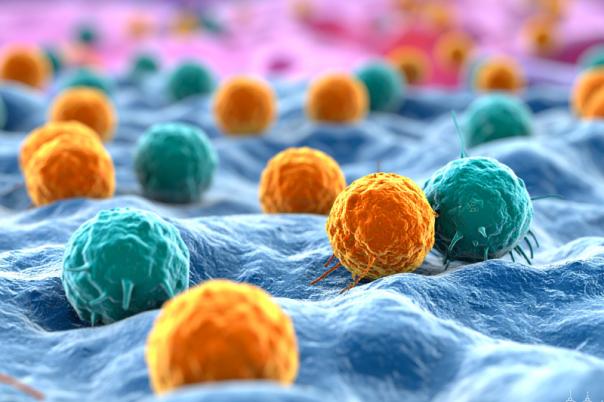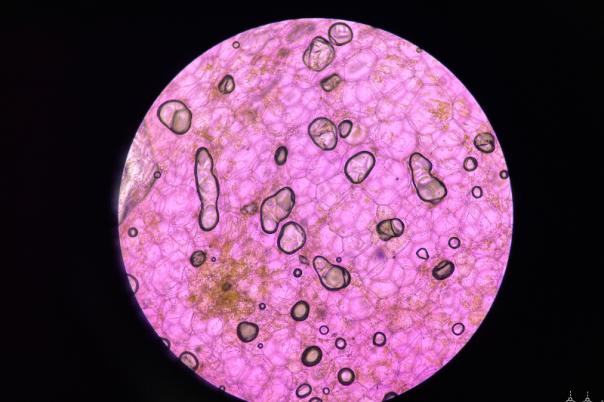Evan Keller, Director of Research Cores Office & Vice President of Research at the University of Michigan is investigating the use of spatial transcriptomics in grading prostate cancer biopsies. More specifically, he aimed to explore the potential of spatial transcriptomics to improve needle biopsy grading by identifying microenvironmental signals that indicate higher-grade tumours.
Keller and his group collected grade group one and grade group two prostate tumours. The grade group two tumours are considered more severe. Using Visium, a spatial profiling technique developed by 10x Genomics, the team identified cell types and then did differential expression and identified spatial relationships. Dimensional reduction clustering analysis enabled Keller to tease out differences between the GG1 and the GG2 clusters. They were able to identify epithelial cells versus non-epithelial cells in the tumour microenvironment.
Regarding prostate cancer grade groups, spatial transcriptomics allows for the identification of a tumour microenvironment signature. Spatial proximity analysis revealed prognostic interactions, especially between T cells and endothelial cells, which were more prominent in GG2 tumours.
Switching gears, Keller discussed sarcomatoid renal cancer. Compared with non-sarcomatoid cancer there is a much worse survival rate for sarcomatoid renal cancer, therefore gaining a deeper understanding of sarcomatoid renal cancer is key to addressing this unmet need. Recent findings demonstrated that sarcomatoid renal cancer is more responsive to immune checkpoint inhibitors in comparison to clear cell renal cancer, Keller wanted to investigate why this is the case.
Using CosMx and GeoMx to map gene expression across tumour types, Keller’s research identified increased macrophage infiltration in sarcomatoid renal cancer areas, which may explain the higher responsiveness to immune therapy. He added that this was validated through multi-spectral imaging and showed upregulated PDL1 in macrophages. Furthermore, CCL20, a macrophage chemoattractant, was upregulated in transition zones and associated with poorer survival.
Overall, the talk emphasised the importance of understanding the EMT (epithelial-to-mesenchymal transition) continuum and the immune microenvironment in these cancers. Keller concluded that spatial transcriptomics can detect tumour progression before histological changes appear. He also mentioned stated that combining multiple spatial analytic methods provides a comprehensive view of tumour biology and microenvironmental dynamics.





